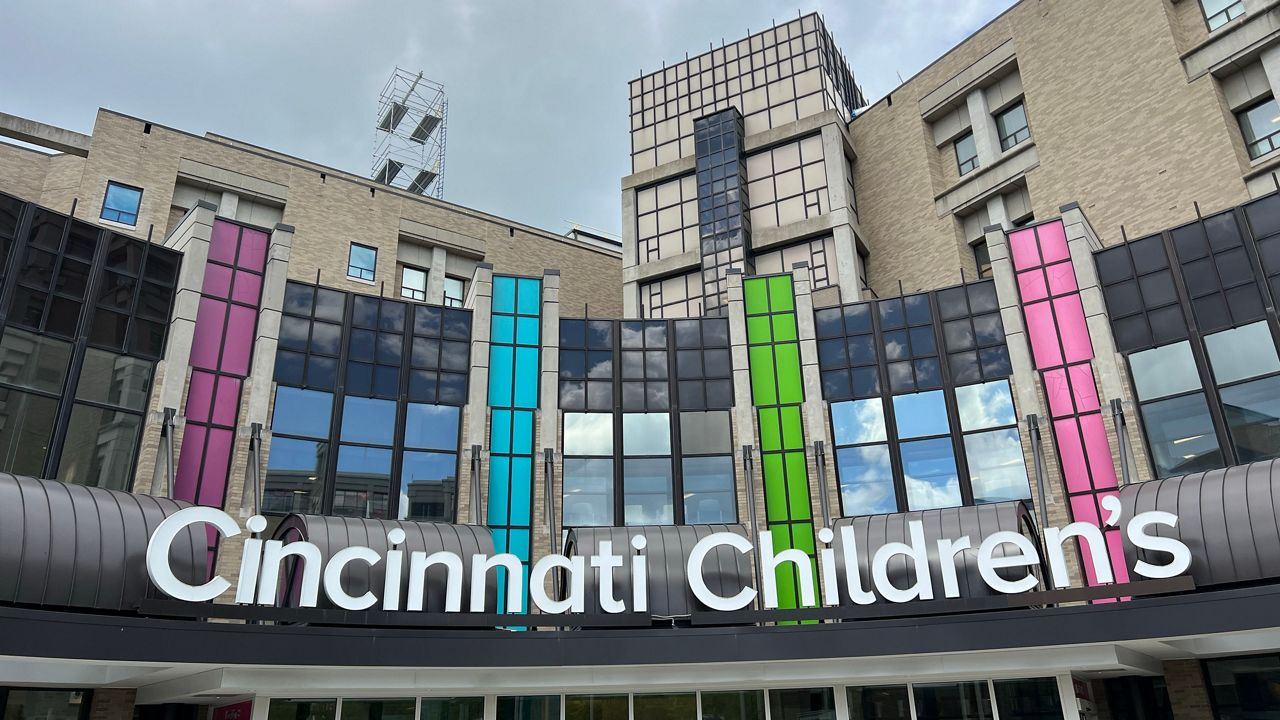DAYTON, Ohio — The Great Miami River is running high.
A century ago, all the massive amounts of rain SW Ohio has experienced recently would have overwhelmed cities like Dayton. A flood like the one in 1913 has not happened since thanks to a locally governed system which has been a crucial part in protecting people for more than 100 years.
With five dams plus more than 55 miles of levees, The Miami Conservancy District (MCD) flood control program is doing exactly what it’s supposed to do.
“The flow right now is about 36,000 cubic feet per second. Put that in perspective, it would fill an Olympic sized swimming pool in just a little over two seconds,” said Miami Conservancy District hydrologist Mike Ekberg.
Over the past few days the MCD stored water at all five dams.
“The peak storage was about 21 billion gallons of flood waters that were held back. Again to put that in perspective, it would cover a 100 square mile area to a depth of 1 foot,” Ekberg said.
The MCD is locally created and locally funded.
“So the system was built over 100 years ago after the devastation of the great flood of 1913. Our community said we never want this to happen again,” said MCD Communications Manager Sarah Hippensteel Hall.
While this flooding is not as much as 1913, the goal of protecting riverfront cities from Piqua down through Northern Hamilton County remains the top priority.
“It is flowing and contributing to the Ohio. It empties out into the Ohio River really on western Hamilton County. So beyond most of the city of Cincinnati. So it is contributing then really to what happens downstream of that,” said Hippensteel Hall.
While some areas like parks and trails might be covered with water, experts say the system is working.
“These areas here are kind of put in knowing that they’re going to go under water from time to time,” said Ekberg.
The MCD has stored floodwaters more than 2,165 times. However, leaders say reinvestment and rehabilitation into the century old system is crucial.
The Miami Conservancy District’s Capital Improvement Plan outlines essential upgrades, including:
- Concrete repairs to dam walls and spillways
- Levee and floodwall reconstruction
- Channel erosion control near critical infrastructure
- Foundation stability improvements at dams







